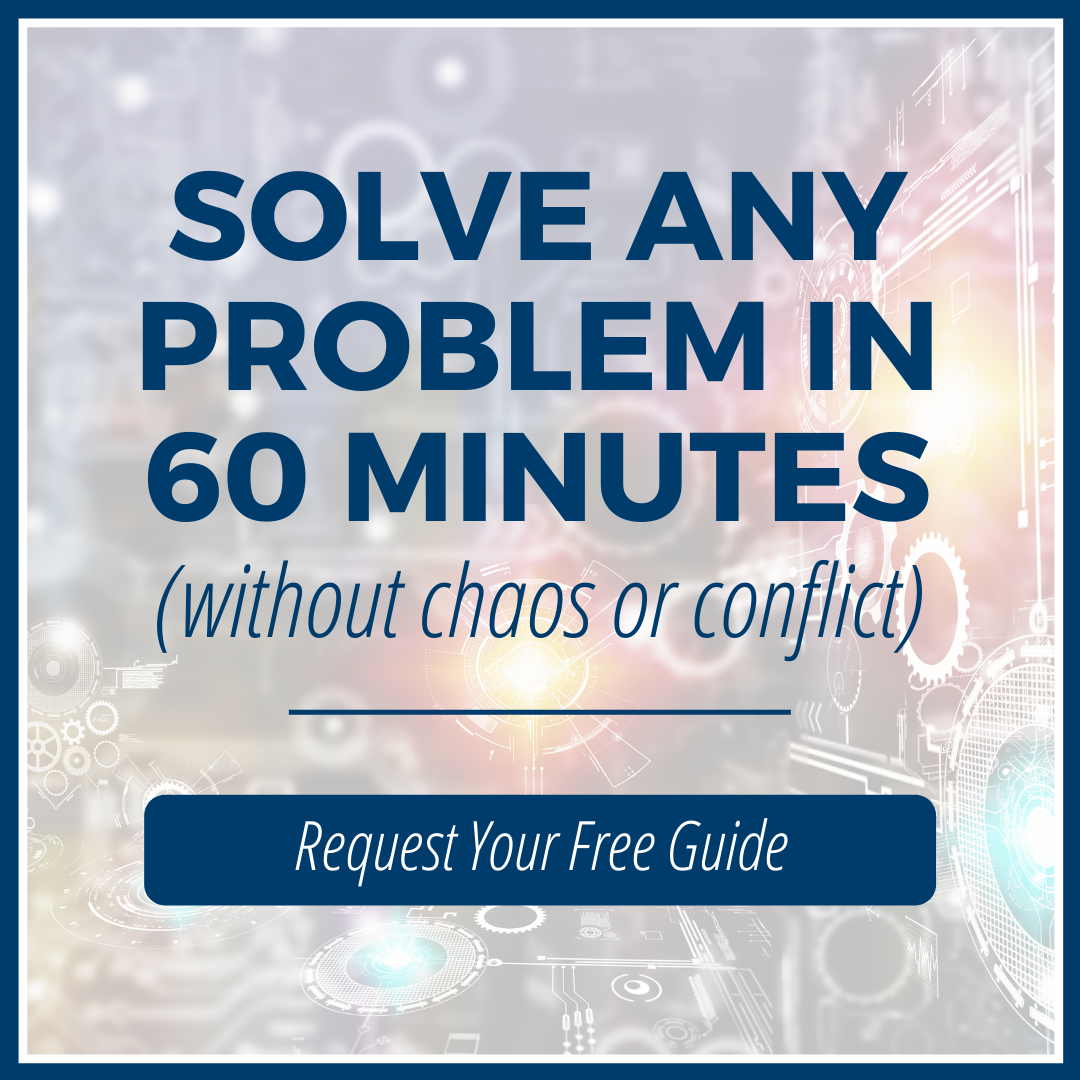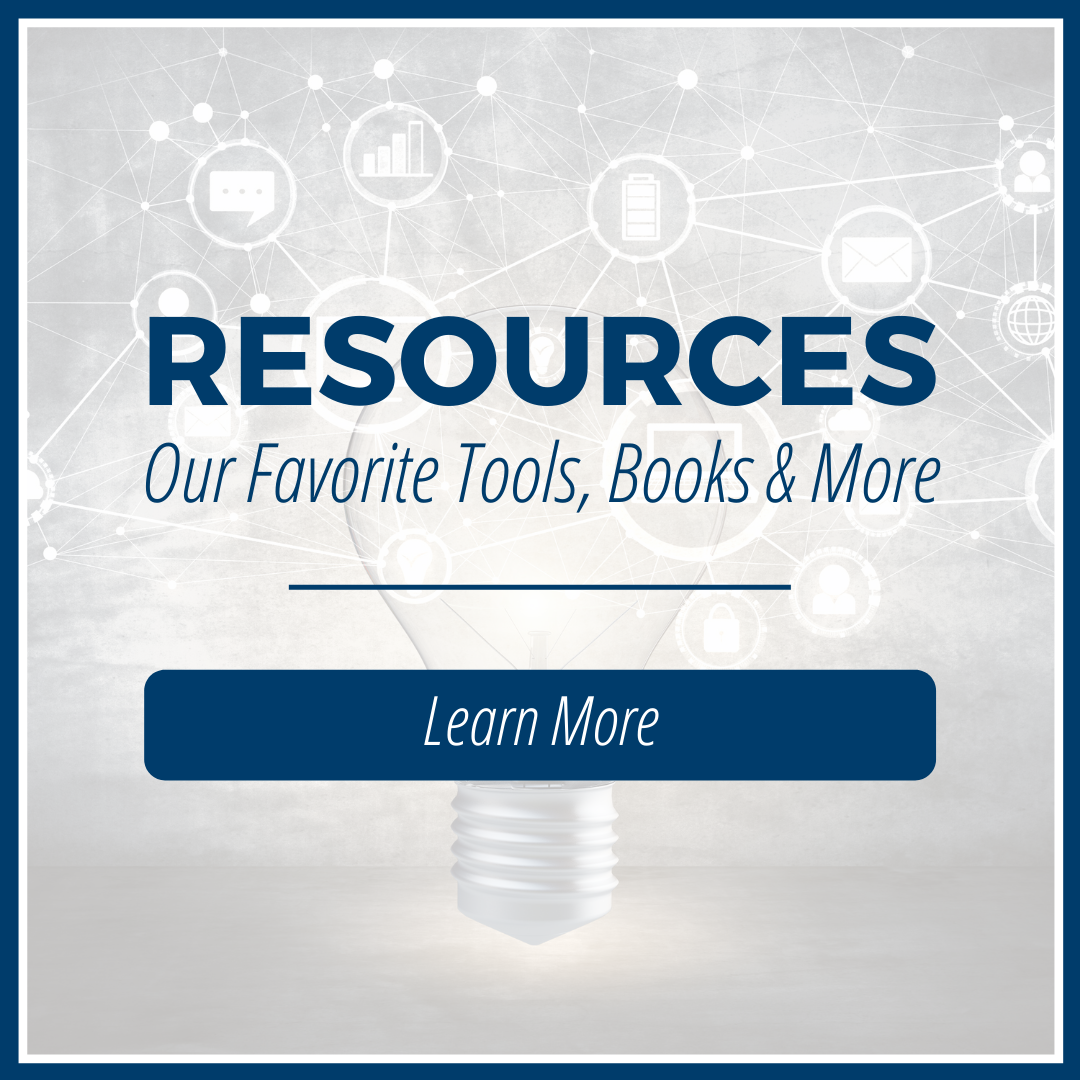In two previous blogs, first, the topic of coaching conversation was presented as a co-creative level of conversational intelligence and secondly, the topic of coaching empathy outlined the transformation of the coaching relationship by attention, appreciation, and acceptance. This third blog will consider Reflective Inquiry as a coaching tool proposed by Marcia Reynolds in her 2020 book Coach the Person, Not the Problem: A Guide to Using Reflective Inquiry [1].
Reynolds sketches five essential practices in her use of reflective inquiry: focus on the person rather than the problem; summarize what is heard and expressed; identify underlying beliefs and assumptions; unwrap the desired outcomes; and articulate insights and commitments (found in Part II, chapters 3 – 7: chapters 3 – Focus; 4 – Active Replay; 5 – Brain Hacking; 6 – Goaltending; 7 – New and Next). Reynolds insists throughout her book that the coaching relationship is an intimate partnership that must not be betrayed by personal biases or judgment, resorting to giving advice, or not trusting the client’s potential to know the truth of his life. The coach consistently offers respectful and loving presence in helping the client explore deeply into his human spirit through reflective inquiry.
Reflective inquiry increases the coach’s ability to foster empathy and use one’s presence to catalyze change. It requires reflection on what the client is doing, seeing, and/or hearing at the moment and what he wants to do in the future. This is a learning process based on the thoughts or actions being recounted that provide an opportunity for reflection. Inquiry prompts learning; self-reflection is central to developing understanding. This is an open-ended form of self-evaluation as well as a strategy to find an improved way of living. This is a two-way process of doing or thinking something and then going back to reflect on what was learned in the behavior to learn more deeply, whereby the client learns new ways of thinking and behavior.
Reynolds explains that, “the intent of inquiry is not to find solutions but to provoke critical thinking about one’s own thoughts. … Inquiry combines questions with reflective statements. … The goal of coaching is to get clients to question their thoughts and behaviors that limit their perspective so they can see a new way forward to achieve their desires” (pp 2-3).
Marcia Reynolds fortifies her theory of coaching with three mental habits outlined in chapters 8 – 10: Align Your Brain, Receive (Don’t Just Listen), Catch and Release Judgment. In Align Your Brain, she presents Simone Weil’s [2] concept of attention: “Attention consists of suspending our thoughts, leaving it detached, empty, and ready to be penetrated …waiting, not seeking anything, but ready to receive” (p.25).
Reynolds call this “coaching presence” … compared to mindfulness, where you are aware of what is going on inside and outside your mind and body” (p. 155).
In chapter 9, Receive (Don’t Just Listen), Reynolds cites Alan Alda’s quote, “Real listening is a willingness to let the other person change you.” She then moves on to invite her readers to listen to Julian Treasure’s TED Talk 5 Ways to Listen Better, adding that, “His formula for listening is RASA, which stands for Receive, Appreciate, Summarize, and Ask” (p. 167). Maria continues that a person needs to feel heard, valued, and transformed as a result. Receiving someone connects with them, lets them they are valued, strengthens relationships, and engages in curiosity for connected persons to explore, learn, and grow (p. 169).
Marcia’s third mental habit in her coaching theory is “Catch and Release Judgment” (chapter 10). In this she claims that “Coaching gives people a safe space to be themselves, with all their emotions and moods.” She goes on to remind us, “One of the most detrimental yet overlooked emotions we experience is judgment. … Unconscious biases are also called blind spots.” One of her most serious directives for coaching is her pointed counsel:
If you want people to think more broadly for themselves, and you believe they can, you must catch the moment you fall out of being their thinking partner and slip into being the “holder of the truth” where you subtly become the expert wanting to direct the conversation (p. 182).
Maria Reynolds closes her book with her view of the importance to coaching:
In our divided, disconnected world, coaching brings people together. When people are overwhelmed, stressed, and angry, coaching reminds them of their purpose visions, and power to move forward. Coaching gives hope to their desires. With just one reflection and one question, coaching can expand who they think they are and what they can do with their one, valuable life. … as Margaret Wheatley says, you are “a warrior of the human spirit.”
Take away: For anyone who is a coach or plans on being a coach or is in the process of working for coaching certification, you must read Marcia Reynolds’ Coach the Person, Not the Problem: A Guide to Using Reflective Inquiry.
[1] Reynolds, Marcia, (2020); Coach the Person, Not the Problem: A Guide to Using Reflective Inquiry, Berrett-Koehler Inc., Oakland, CA
[2] Jersak, Brad, and Weil, Sylvie, (2012); Simone Weil Awaiting God, Fresh Wind Press, Abbotsford, BC, Canada




